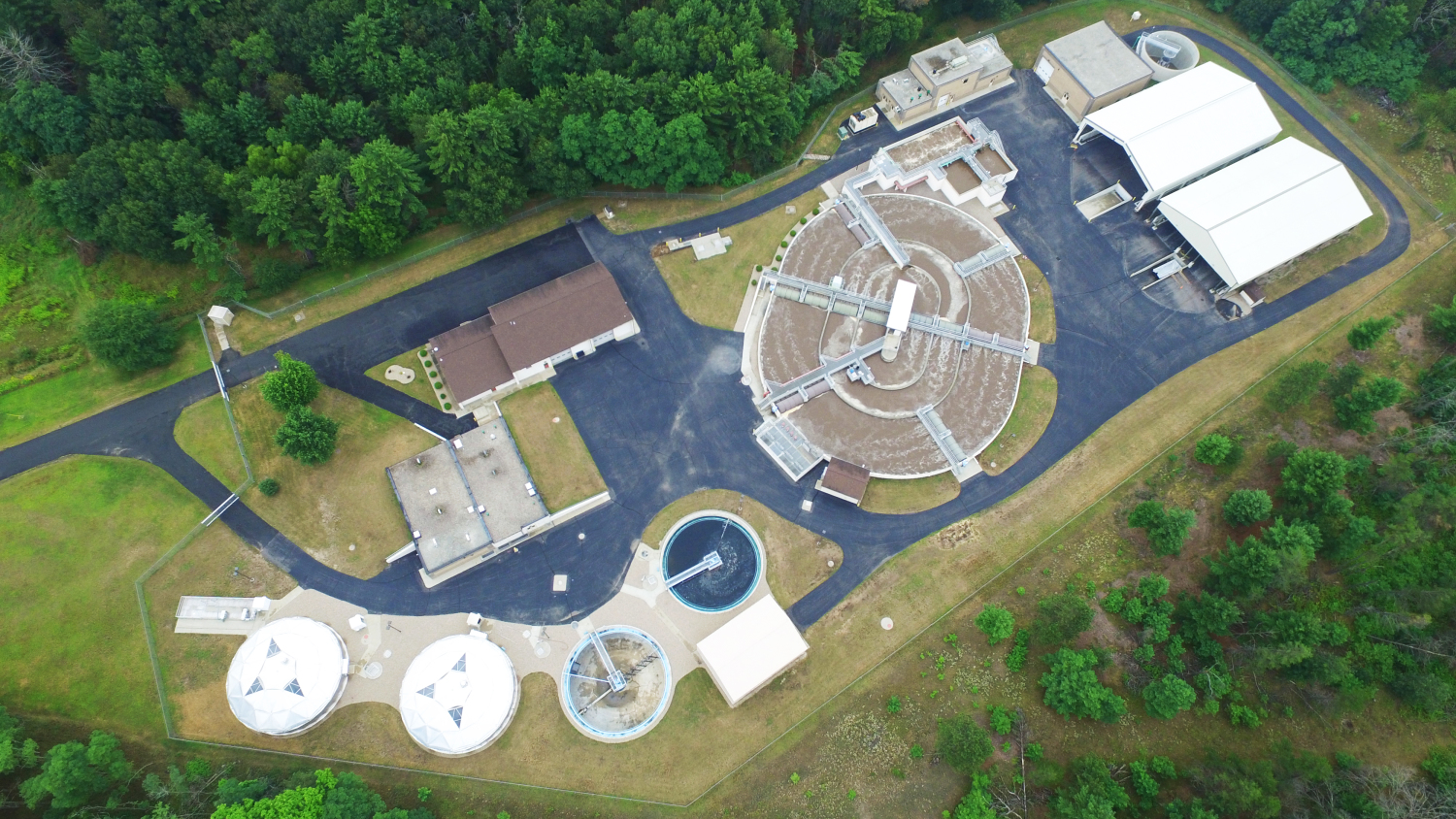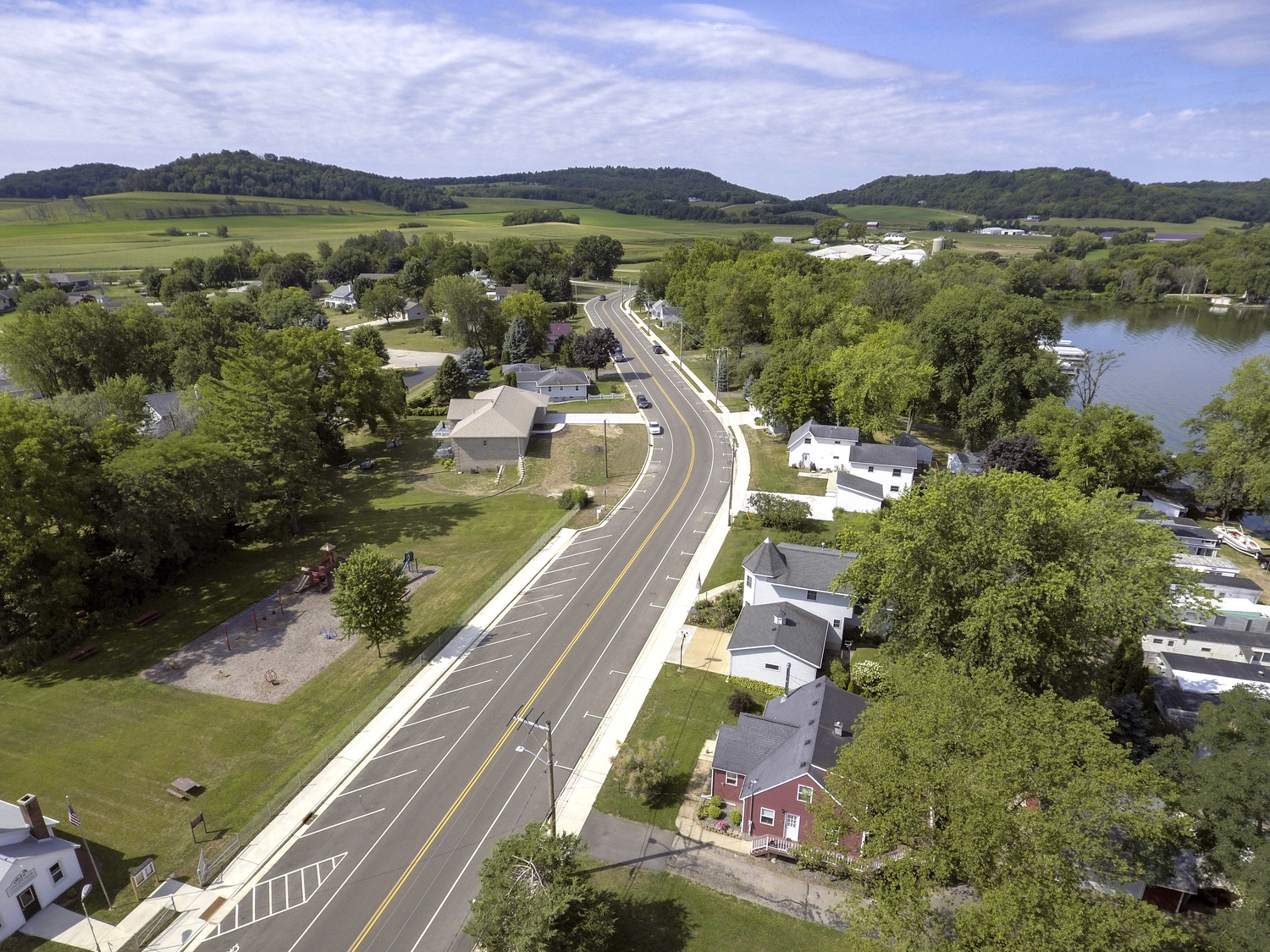American Rescue Plan (ARP) funding is close at hand. For many communities across the United States, this relief money is more than a gesture of aid; it’s a lifeline.
Applying this funding toward the goal of long-term municipal recovery, however, means a prudent assessment of your community to balance short-term needs with strategic investments.
The Biden administration signed the American Rescue Plan Act into law on March 11, 2021, along with a general overview of plan amounts and deadlines. $350 billion in federal aid dollars is forthcoming for all states, municipalities, counties, tribes and territories to help backfill revenue deficits associated with COVID-19 and to stimulate economic rebound. Of that $350 billion, $65.1 billion will be paid directly to cities, towns and villages through a modified Community Development Block Grant (CDBG) formula. This portion is for the immediate benefit of America’s 19,000 municipalities. It cannot be comingled in any fashion with other state or county funds, and there are strict safeguards and penalties in place to discourage state interference or the provision of additional state mandates on the use of these funds.
Most communities already have a good general sense of their portion of the allotment, and will receive the funds in two disbursements, as funneled through each state treasury. States will receive the first half of the funding approximately 60 days from signing the law — around May 11 — and will have 30 days to distribute to municipalities with populations under 50,000. The second half will arrive 12 months later. Communities with populations greater than 50,000 will receive the funding directly from the federal government.
All ARP funding must be spent by December 31, 2024.

What types of projects qualify for ARP funding?
We are still waiting for specific guidelines on the breadth of projects that will meet ARP funding criteria and hope to see those guidelines within the next month. It seems likely, however, that due to the generous nature of the funding bill itself, the criteria should be relatively broad. We do know that these funds are intended for direct COVID-related expenditures pertaining to reduced revenue, negative economic impacts, small business assistance and premium pay for essential workers. We also know that investments in water, sewer and broadband infrastructure will be encouraged.
That said, every community needs to be nimble in their planning for ARP funding and should have a variety of quality, strategic and implementable projects to bring to the forefront for completion by end-of-year, 2024.
First aid first.
The purpose of the ARP funding is to get communities back on their feet, to help stabilize and replenish what was lost, and to fortify for future economic resilience. Municipal leaders should earmark this funding to triage the largest emergencies first, whether that is assisting critical area businesses and industries, replacing lost revenue, upgrading schools, investing in affordable housing or installing critical technology such as community broadband networks.
If COVID-related losses are not tremendous or local economies are already in a state of rebound, leaders would be wise to utilize this windfall for significant and strategic investments in community infrastructure. This is where a review of the latest comprehensive plans and capital improvement plans can guide the way and aid in making decisions based on long-term planning efforts rather than short-term impulses.
Infrastructure upgrades are not always as photogenic as other projects. Nor may they solicit the same level of excitement from taxpayers and resident stakeholders. However, placing ARP funding in the investment of such long-term improvements as new water and sewer distribution systems or wastewater treatment facilities can deliver tenfold tomorrow on an investment today. Most of these larger infrastructure projects should have no problem meeting the project close-out deadline of December 31, 2024, particularly if a facility plan is already in place or the project is already part of a community’s planning efforts.

Strength in numbers.
Another approach to investing American Rescue Plan dollars is collaboration. Whether your community is short on infrastructure needs (lucky you!) or already working in close concert with your neighbors, investing in broader regional improvement projects can be a very impactful use of funding.
Regional services
Smaller communities or those in more rural locations may already share critical public safety or transportation services with nearby municipalities. Emergency services, volunteer fire associations and municipal police departments are just a few examples of mutual aid agreements made between local governments. In these arrangements, personnel, equipment, supplies and services serve multiple participating communities, either on a volunteer basis or through cost-sharing. Investing in any upgrades to these departments, structures or associated equipment can provide benefits to a broader range of people and fortify a larger network of services.
Nonprofit donations
Local governments can also consider donating or transferring funds to private nonprofit groups, 501(c)(3) community organizations, “friends of” groups or special-purpose units of government such as water and sewer districts, park and recreation groups, tourism leagues, port authorities, or independent school districts. This is a great option for smaller counties or townships without a lot of qualifying infrastructure projects and a means to invest ARP funding in organizations that can utilize the money over a longer period of time, without necessarily needing to meet the same reporting requirements as direct municipal-led ARP projects. It can also be a great way to fund more expansive regional efforts such as trail networks, aquatic centers, athletic complexes, marinas and parks that have larger economic, tourism and trade impacts.
Prepared, flexible, organized, measured.
Be prepared
If you are not already discussing how to invest ARP stimulus dollars, you are behind schedule. Municipal leaders are likely already aware of which factions of their community and businesses were hardest hit by the COVID-19 pandemic. If you need clarity, ask. Assemble a task force. Hold community meetings. Gather feedback from those who were most impacted and begin strategizing from there. Having a solid grasp of where your community is hurting most should help identify the best way to help.
Second, do your planning homework. Dig into your community’s working CIPs and Comp Plans to identify priorities and align your investments with your long-range goals. Focus on projects that reduce operating costs and minimize maintenance. Avoid creating new programs or processes that will require ongoing financial commitments. As ARP funds are non-recurring, the best means for their use is for non-recurring expenditures.

Be flexible
Make a list of potential projects that you think will meet ARP funding criteria. Because we don’t have specifics about the criteria just yet, leaders should have a contingency plan in place for when the rules come out. And be prepared to pivot, if necessary.
Communities should also be prepared for the possibility of regulatory requirements for ARP-funded projects. For water and sewer projects, for example, the plan could call for American Iron and Steel (AIS) provisions. Other projects could require such things as Davis-Bacon Act wage minimums, National Environmental Policy Act (NEPA) or Environmental Section 106 process and review. Having a project list that could meet these additional criteria, if necessary, will eliminate the need to scramble to put forward new projects at the last minute.
Be organized
It makes sense to set up a segregated account in preparation of receiving ARP funding, with associated accounting codes specifically delegated for its use. If a community prefers to document ARP activity under its general fund, leaders should work with their municipal accountants or auditors to set up a separate ledger line item within to clearly identify ARP funding expenditures. We don’t yet know if the funding can be placed in interest-bearing accounts or not.
When the time does come to roll up your sleeves and get to work, have your documentation procedures already in place. Be prepared to keep sound and comprehensive records throughout all stages of a project: public engagement, planning, conceptual design, final design, project bid, construction and close-out. The more closely you document every penny spent, the more confident and successful you will be if ever faced with a program audit.
Be measured
Don’t spend all your ARP funding right away. For many, the true impacts of the pandemic are still coming to light. Municipal budgets may not realize the full economic impact for at least another year. It is better to start conservatively and spread the funding across the entire qualifying period rather than to make assumptions and risk over-spending or overlooking less obvious needs.
Next steps.
The timeline of the American Rescue Plan is moving quickly. Communities should be actively strategizing so they are prepared for the arrival of more plan specifics, and should prepare a short and long list of projects to fit a variety of possible funding scenarios. Those looking for further guidance can reach out to their state league of municipalities or to a trusted professional funding or consulting partner to discuss qualifying projects and the best path to success.


